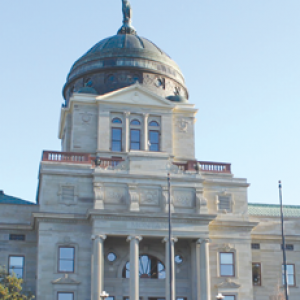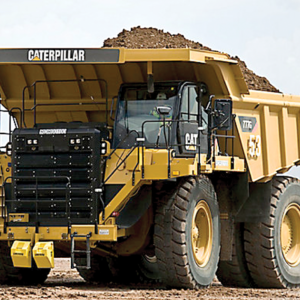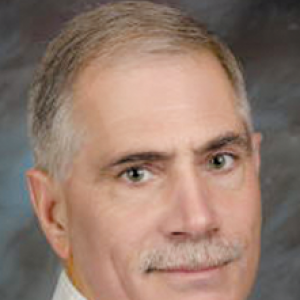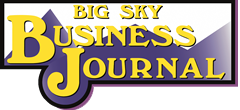Commercial
Ziegler, Jack R & Michelle L/North Coast Electric Company, 1760 Monad Rd, Com Remodel, $90,000
Executive Property Services/Trailhead Home Improvement, LLC, 1350 Avenue C, Com Remodel, $70,000
Deaconess Medical Center Of Billings/Bauer Construction, 2800 10th Ave N, Com Remodel, $509,643
Simon & Sherri Harper Living Trust, 1632 Grand Ave, Com Remodel, $47,082
CHP Billings Mt Owner LLC/Master Protection Corporation, 4001 Bell Ave, Com Remodel, $5,611
Dennis & Jessie Benson/Moon Construction, 1414 4th Ave N, Com Remodel, $50,000
Kialy Iverson/Old School Contracting Inc, 5411 24th St W, Com Remodel, $4,000
Yellowstone County/Sprague Construction Roofing Division, 3319 King Ave E, Com Fence/Roof/Siding, $44,800
Debtor Co Trust/Perfect 10 Roofing, 3407 1st Ave N, Com Fence/Roof/Siding, $29,000
City Of Billings, Terry Park/T.W. Clark Construction Llc, 6th St W, Com Fence/Roof/Siding, $114,000 Western Sky Billings LLC/Beartooth Holding & Construction, 4610 Crescent St, Com New Office/Bank, $249,650
Josh Rollinger/Jones Construction, Inc, 3345 Conrad Rd, Com New Warehouse/Storage, $669,396
McDonald’s Real Estate Company, 1046 Grand Ave, Com Remodel, $19,260
Swenson, Randall D (1/2 Int), 1547 41st St W, Com Remodel, $75,000
N Schaff, Allen K Trustee, 2115 2nd Ave, Com Remodel, $175,000
Deaconess Medical Center Of Billings/Bauer Construction, 2800 10th Ave N, Com Remodel, $10,000
East Billings Investors/Blake Construction, 926 Main St, Com Remodel – Change In Use, $2,000
Jen & Jason Marble/Titan Excavation & Services, 2517 Montana Ave, Com Remodel – Change Of Use, $9,500
Residential
Frideres, Chris, 4433 Frances Ave, Res New Accessory Structure, $45,000
Ryan Mershon/Sundance Tile & Carpentry, 2019 9th Ave N, Res New Accessory Structure, $20,000
HG Design/HG Designs, 1912 W Thunder Mountain Rd, Res New Single Family, $400,000
J&S Development Co/HG Designs, 5211 Grass Mountain Rd, Res New Single Family, $400,000
Ridgewood Development LLP/Kings Mountain Builders Inc, 3395 Castle Pines Dr, Res New Single Family, $300,000
Jake Pierce, 645 Claremont Rd, Res New Single Family, $248,556
Big Sky Endeavors LLC/Emmons Building & Design Llc, 510 Omalley Dr, Res New Single Family, $332,672
L & L Construction, LLC/Lorenz Construction, 3376 Tahoe Dr, Res New Single Family, $256,894
McCall Development Inc, 1702 Annas Garden Ln, Res New Accessory Structure, $156,776
Wagenhals Enterprises Inc, 5501 First Light Cir, Res New Single Family, $335,000
Upfront Development/ Aaron Higginbotham, 2224 Entrada Rd, Res New Single Family, $235,199
Emineth Custom Homes/Emineth Custom Homes, 3903 Pine Cove Rd, Res New Single Family, $410,000
Infinity Home/Infinity Home Llc, 1016 Beringer Way, Res New Single Family, $268,046
Infinity Home/Infinity Home Llc, 1023 Matador Ave, Res New Single Family, $201,672
High Sierra Ii Inc/Infinity Home Llc, 1019 Matador Ave, Res New Single Family, $202,845
High Sierra Ii Inc/Infinity Home Llc, 2124 Entrada Rd, Res New Single Family, $386,992
Steve Gountanis Homes Inc/Steve Gountanis Homes Inc, 5425 Burlington Ave, Res New Single Family, $320,669
McCall Development Inc/McCall Development, 1702 Annas Garden Ln, Res New Two Family, $257,568




